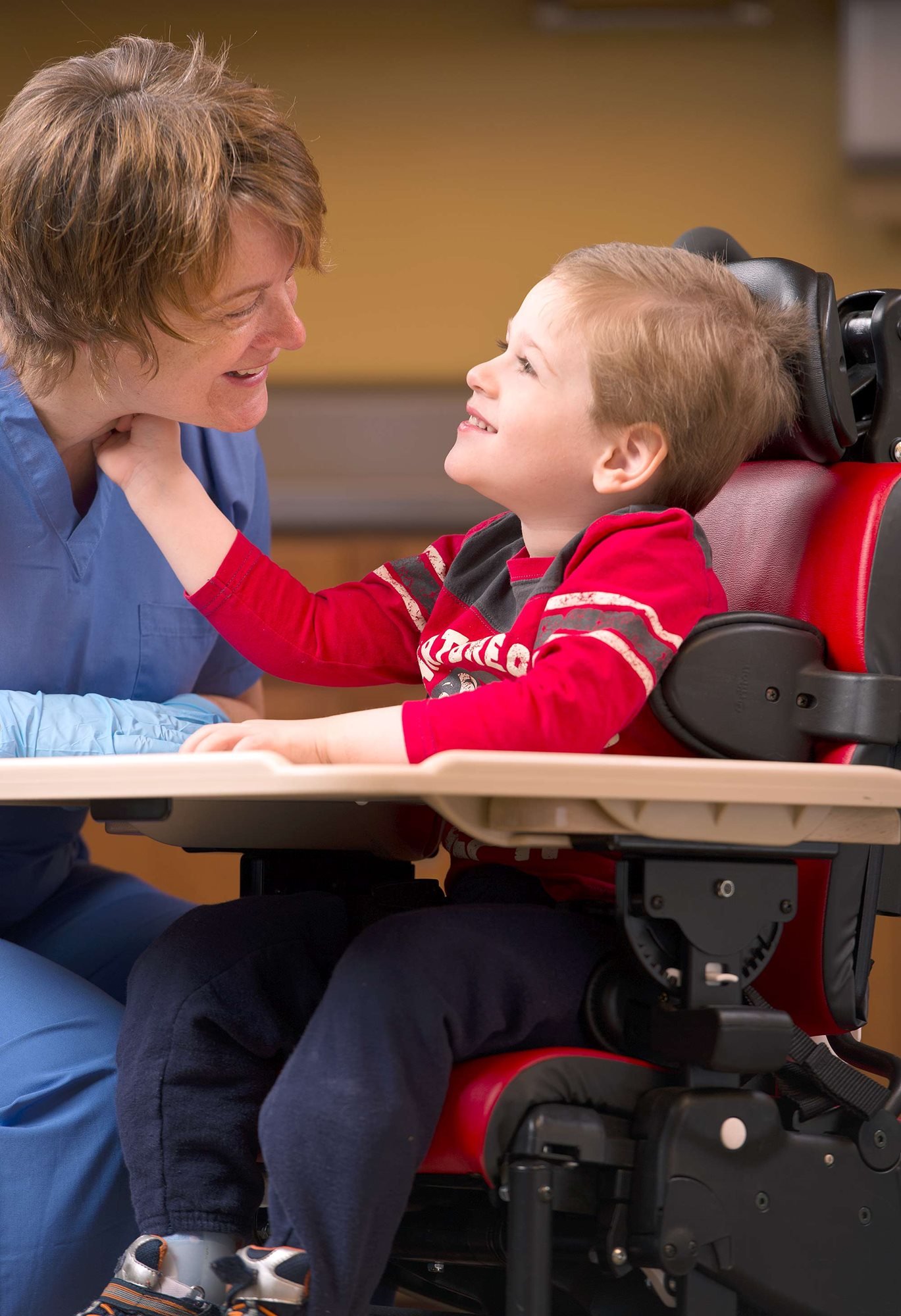
Activity Chairs
What to think about when determining the appropriate activity chair for your child
Activity chairs can provide an additional space for a child to sit to eat or interact with family or peers while at home or in school.
Where does this child sit when at home?
High-chair (too small, not enough support, does not provide appropriate seating and positioning for effective swallowing or to support the trunk to engage upper extremity movement).
Wheelchair (can justify a change in position from the wheelchair will help with pressure relief and decreasing the risk for pressure sores. Manual wheelchairs do not provide a “high-lo” option to be used at the dinner table to eat with the family, etc).
In bed (limits social interaction while at home with family).
On the floor (difficulty with transfers on and off of the floor, not safe to transfer child on and off of the floor, requires re-positioning while on the floor, difficulty engaging with peers or siblings from the floor).
Supported on the couch (requires assistance, not safe, limited trunk support for eating, person assisting cannot leave the child or the child is at risk for falls).
If the child already has a tilt-in-space wheelchair or wheelchair with supports and a tray, it can be difficult to justify the activity chair.
Does the family participate in activities between floors in their home? Difficulty carrying wheelchair between floors. The wheelchair is unable to be placed lower for peer-to-peer interaction (a high-lo activity chair could provide this). Again, you could justify the high-lo positioning.
How much support does the child need?
Little support: Special Tomato Seats (limited lateral trunk supports), sacral sitting
More support: Rifton activity chair, Squiggle’s seating system
How much space does the family have for this chair in their home?
Be mindful of the amount of space a family has in their home, the high-lo bases are a lot larger and take up more space. Some activity chairs come with the option for a mobile base (Special Tomato Floor Sitter and PPod) which also take up more space.
Does this child experience a lot of extensor tone?
The Rifton Activity Chair has a dynamic back that you might want to consider.
Do you know the difference between the Special Tomato Floor Sitter and the Tumble form Chair?
Check out the info at the bottom of this page or at: https://www.specialtomato.com/understanding-specialtomato-tumbleforms
Activity chairs to consider
Comes in 5 size: from 20 to 200 pounds and 30-74 inches
Low profile and easy for families to use
Can attach to other chairs (dining room and classroom chair)
Many accessories available: floor sitter, mobile base, harness, headrest and tray
Things to consider: position of pelvis, no independent lateral supports or foot rests, always tilted backwards.
Multiple sizes available on a small (up to 80 pounds) or large (up to 130 pounds) base
Choose seat back and base separately
Pelvic tilt: 30-degree range of adjustment
Accessories include harness, headrest and tray
Comes in 3 different sizes: up to 250 pounds and 32-74 inches
There are 3 different bases: standard stationary, standard mobile or high-lo
Dynamic feature available
Multiple accessories available: independent laterals and hip guides, feet supports and wedges, headrest, harness, tray, pommel, lab belt, chest support
One size, up to 43 pounds max
Smaller high-lo base than the other chairs
Provides more supportive positioning
Positioning chair on bean bag base
Comes in 4 different sizes
Not ideal for children with severe involuntary movement or children who want to move around and sit upright
Accessories available: mobility base, activity arch, tray, foot rest
Sample letters of medical necessity
Medicaid general guidelines
Activity chairs are considered “Other” under Medicare and Medicaid guidelines so there are no specific criteria for coverage.








